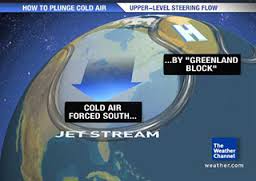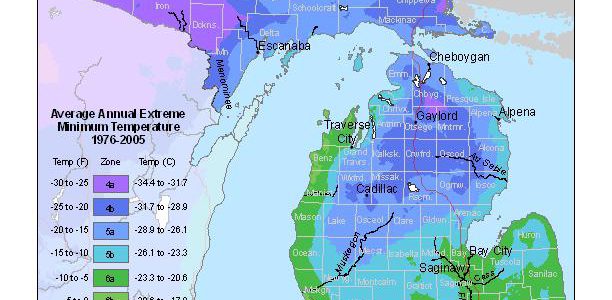Climate science
-

A lot of my friends have posted links to this spiral animation of global temperature anomalies over time. The Climate Lab Book shows how temperatures have changed from 1850 to the present using a spiral graph instead of a linear graph. You can really see how the temperatures have increased over time in this animation.…
-

The Capital Weather Gang posted a new blog article this week describing the impacts of a warmer Arctic, as sea ice continues to disappear. One of the likely consequences of less sea ice is the development of a Greenland block, which is an atmospheric pattern that locks the circulation in place (similar to the Omega…
-

Since I grew up in Grand Rapids MI downwind of Lake Michigan, I know how much the lake can affect local temperature and weather conditions in the area. AgWeb has a nice write-up of the impacts of the lake on farmers in northern Indiana, which is also affected by the lake, especially in winter and…
-

I spent today at a workshop in Rock Eagle, the 4-H camp near Eatonton GA, working with 4-H agents on ways to teach weather and climate in the classroom and in 4-H camp programs. The documentation for the toolkit is online and anyone can use it. The 4-H Weather and Climate Variability Toolkit is a collaborative…
-

Smithsonian had an interesting article this week on a long-term source of proxy climate data that was collected by Japanese priests monitoring the ice conditions on Lake Suwa. As the lake froze each year, the priests recorded the time of development and the orientation of a ridge of ice that built up as the lake…
-

The latest WunderBlog from Jeff Masters discusses something that I have not heard of before: food system shock. His blog started out this way: “The greatest threat of climate change to civilization over the next 40 years is likely to be climate change-amplified extreme droughts and floods hitting multiple major global grain-producing “breadbaskets” simultaneously. A…
-

The US Forest Service published an interesting article this week on how trees respond to drought by looking at the mechanics of water movement within the tree and through the leaves. Different species of trees respond in different ways and at different rates. You might enjoy reading about this at https://www.srs.fs.usda.gov/compass/2016/04/26/open-or-shut-how-trees-respond-to-drought-at-the-leaf-level/.